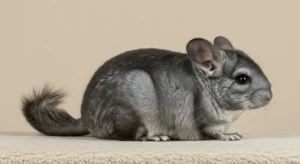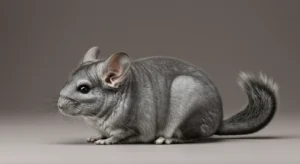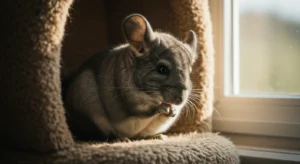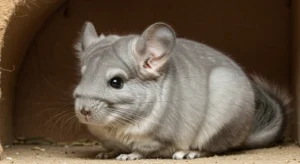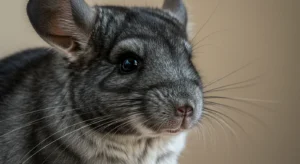Best Exercise Wheels and Toys for Chinchillas
Chinchillas are naturally active and agile animals. In the wild, they navigate rocky terrains and cover significant distances foraging. In captivity, providing opportunities for exercise and mental stimulation is crucial for their physical and psychological well-being. Exercise wheels and appropriate toys help prevent boredom, obesity, and stress-related behaviors.
Importance of Exercise
Regular activity is vital for a chinchilla’s health:
- Prevents Obesity: Helps burn calories and maintain a healthy weight.
- Promotes Digestive Health: Activity encourages gut motility, helping prevent GI stasis.
- Strengthens Muscles and Bones: Keeps their body strong and agile.
- Reduces Stress and Boredom: Provides an outlet for natural energy and behaviours.
- Mental Stimulation: Exploring toys and using a wheel engages their minds.
Choosing a Safe Exercise Wheel
An exercise wheel is often a favorite activity, but safety is paramount. Not all wheels are suitable for chinchillas. A safe wheel must have:
- Solid Running Surface: Absolutely essential. Wire or mesh surfaces can trap small feet and legs, causing severe injuries like breaks or amputations.
- Large Diameter: Minimum 15 inches (38 cm) diameter, preferably 16 inches or more. Smaller wheels force the chinchilla to arch its back unnaturally, leading to spinal problems over time.
- Open Side (or Solid Back): Avoid wheels with crossbars or spokes on the entry side, as these can cause injury if the chinchilla tries to jump out while it’s spinning.
- Sturdy Construction: Should be made of metal or durable, chew-proof plastic and either mount securely to the cage or have a very stable base.
Popular safe options include the “Chin Spin” or similar all-metal wheels, and large, solid-surface “Flying Saucer” style wheels (ensure they are the largest size available). Always prioritize chinchilla-safe exercise equipment over cheaper, potentially dangerous alternatives.
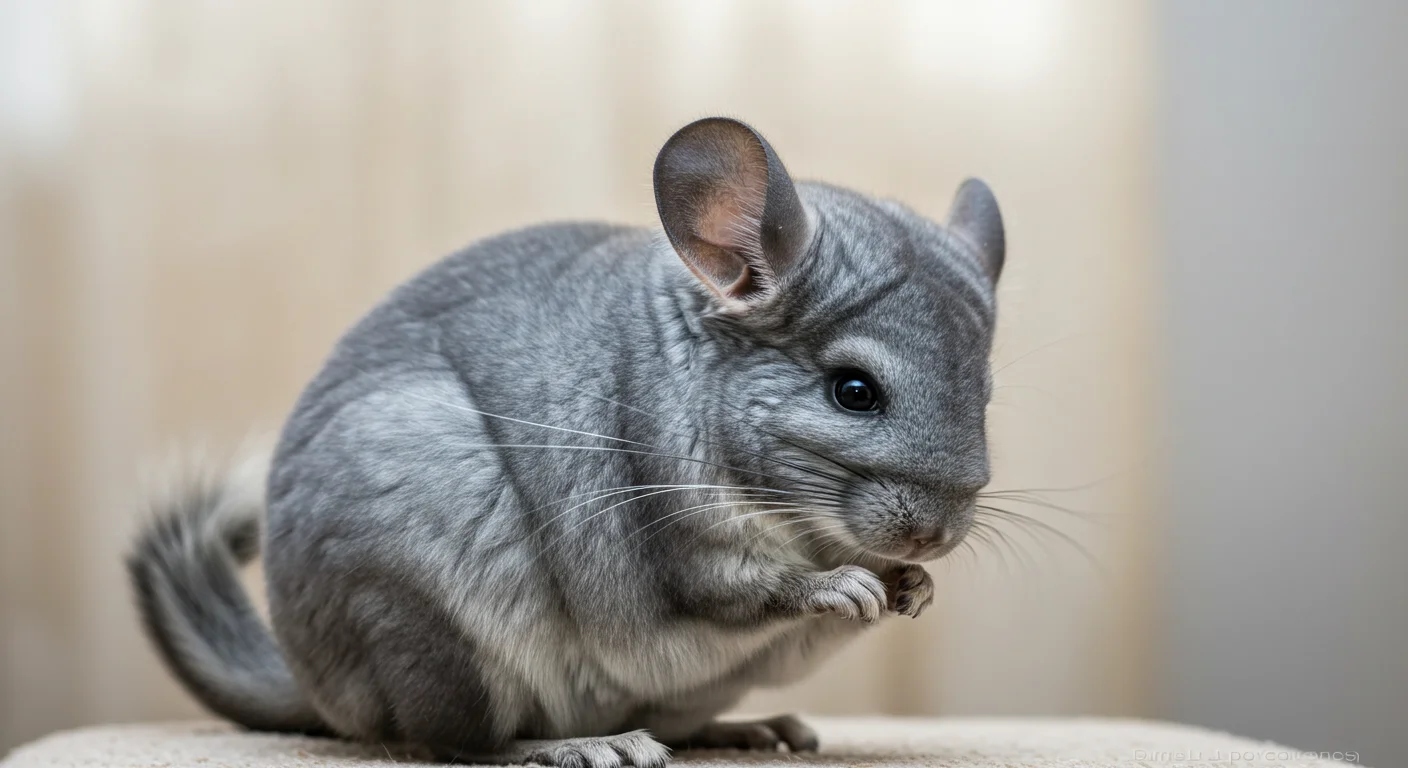
Unsafe Wheel Types to Avoid
Steer clear of these common but dangerous wheel types:
- Wire or Mesh Wheels: High risk of foot and leg injuries.
- Small Diameter Wheels: Cause unnatural spinal curvature.
- Wheels with Center Axles/Spokes: Can cause entanglement or impact injuries.
- Plastic Wheels (unless extremely durable and large): Many are easily chewed and can break, posing ingestion or injury risks. Small plastic hamster/gerbil wheels are entirely unsuitable.
No Exercise Balls: Often marketed for small pets, clear plastic exercise balls are dangerous for chinchillas. They offer poor ventilation (leading to overheating), prevent restful stopping, cause stress, and accumulate urine/feces. Avoid them entirely.
Other Enrichment Toys
Beyond wheels, a variety of toys provide essential stimulation:
- Chew Toys: Absolutely essential for dental health. Offer a variety of safe wood chews (apple, willow, kiln-dried pine, aspen), pumice stones (like Lava Ledges or similar), loofah pieces, and cardboard (plain, ink-free).
- Ledges and Platforms: Untreated kiln-dried pine ledges arranged at different heights encourage jumping, climbing, and perching, mimicking their natural environment.
- Hide Houses: Wooden houses, fleece cubes, or ceramic hides provide secure places to rest and feel safe.
- Tunnels: Cardboard tubes (large enough to pass through easily) or willow tunnels offer exploration opportunities.
- Foraging Toys: Simple toys like stuffing hay into a cardboard tube or placing safe treats within a willow ball encourage natural foraging behaviors.
- Shredding Toys: Seagrass mats or toys made from woven natural fibers offer shredding satisfaction.
Providing a good rotation of stimulating chinchilla cage accessories prevents boredom and encourages activity.

Safety Considerations for Toys
- Material: Ensure all toys are made from chinchilla-safe materials (untreated woods, natural fibers, safe plastics if unavoidable and supervised). Avoid treated woods, cedar, soft plastics, fabric with loose threads, and items with small, ingestible parts.
- Size: Ensure tunnels or openings are large enough to prevent getting stuck.
- Placement: Position ledges securely to prevent falls. Don’t place heavy items where they could fall onto the chinchilla.
- Supervision: Introduce new toys under supervision initially to ensure they are used safely. Regularly inspect toys for damage and remove any broken or heavily chewed items.
Encouraging Play
- Rotate Toys: Swap out toys weekly to keep things interesting.
- Vary Textures and Types: Offer a mix of chewable, climbable, and interactive toys.
- Out-of-Cage Playtime: Supervised playtime in a chinchilla-proofed room provides space for running, jumping, and exploring beyond the cage environment.
By carefully selecting safe exercise wheels and providing a stimulating variety of appropriate toys, you can significantly enhance your chinchilla’s quality of life, keeping them physically fit and mentally engaged.


